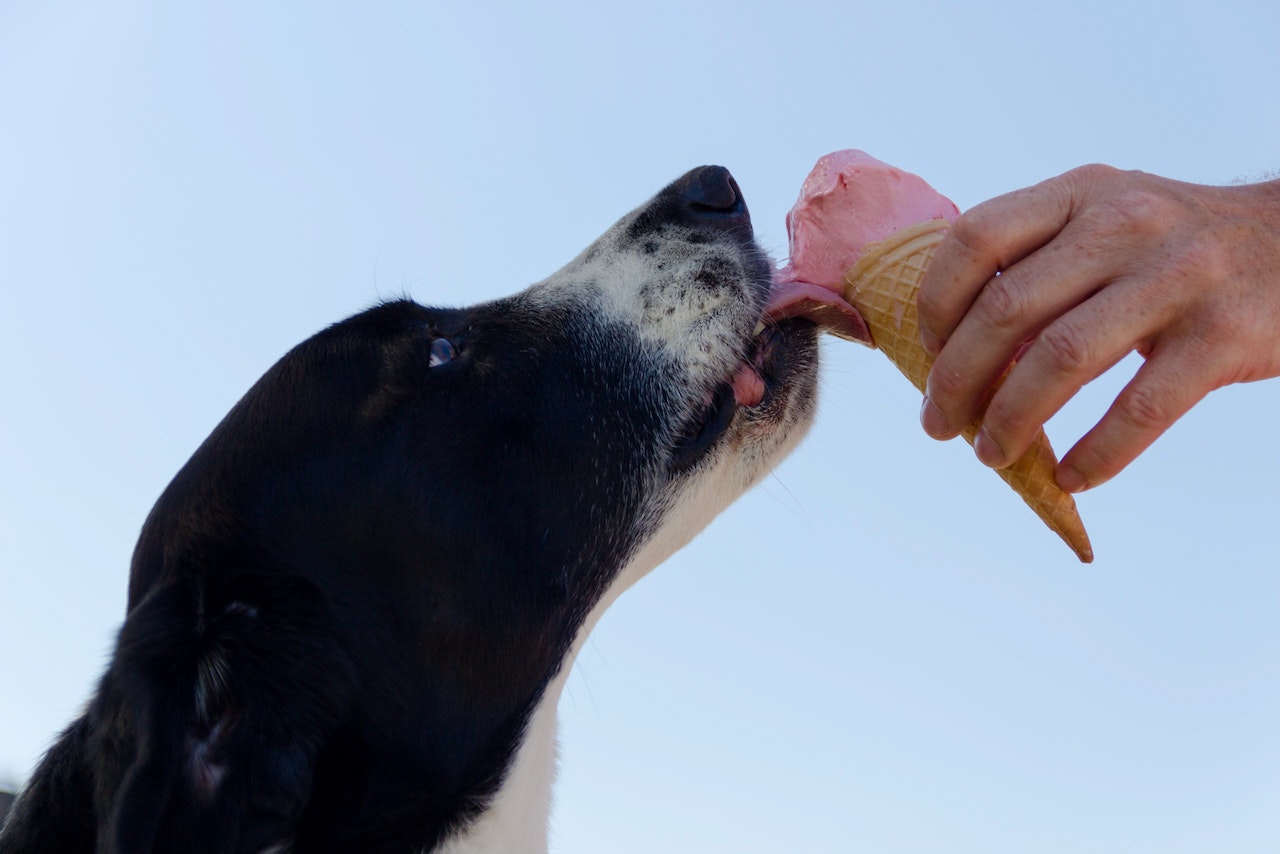How Dog Digestive System Works
Dogs are not like humans in many ways, one of which is their digestive system. We have a stomach that functions as a storage site for food so we can eat and keep eating until we feel hungry! They do not have this feature.
A dog’s digestive tract is very long. It begins with the mouth where saliva contains enzymes to aid digestion. The gums in the mouth also contain these enzymes. Then the tongue helps push the ingested material down into the throat area.
From there, the contents of the gut move onto the first part of the small intestine, or jejunum. This is a fluid-filled tube that serves two main purposes: it aids in mixing the nutrients in the feces with the water in the dogs’ body, and acts as an additional barrier between the gut content and the rest of the body.
Once mixed, the fecal matter moves through the intestines towards the large bowel or colon. Here, the bacteria in the feces break down some of the leftover nutrients in the waste. These chemicals then get absorbed by the blood stream via the intestinal wall.
The last part of the gut is called the cecum. Here, more of the immune cells work to destroy any harmful microbes that may be present in the feces. If nothing special was found in the feces, the liver breaks them down and uses them for chemical reactions.
Functions of the digestive system
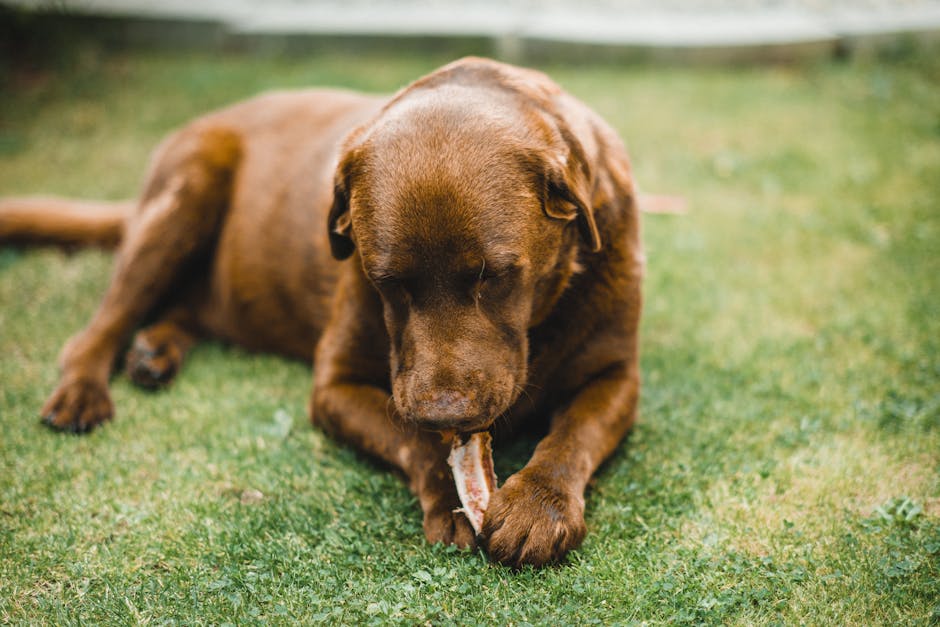
The gastrointestinal (GI) tract is an extended passage that starts at the mouth with teeth to chew food, then moves down through the stomach, small intestine, large intestine, and anus.
The GI tract is made up of several compartments or sections including:
Gastric chamber – This is where digestion occurs in your dog’s body. Food goes in, gastric acid and enzymes do their work, and waste comes out.
– This is where digestion occurs in your dog’s body. Food goes in, gastric acid and enzymes do their work, and waste comes out. Small intestinal loop – Also known as the jejunum, this area is just past the stomach so it has direct exposure to what you feed your dog.
– Known as the jejunium, this area is just past the stomach so it has direct exposure to what you feed your dog. Large intestinal loop – Consisting of both ascending (larger) and descending (smaller) loops, the large intestines are home to most of the bacteria in your dog’s gut. These microorganisms break down leftover nutrients for energy and absorption into blood.
– Consisting of both ascending (larger) and descending (smaller) loops, the large intestines are home to most of the bacteria in your dog’s gut. These microorganisms break down leftover nutrients for energy and absorption into blood.
Digestive tract
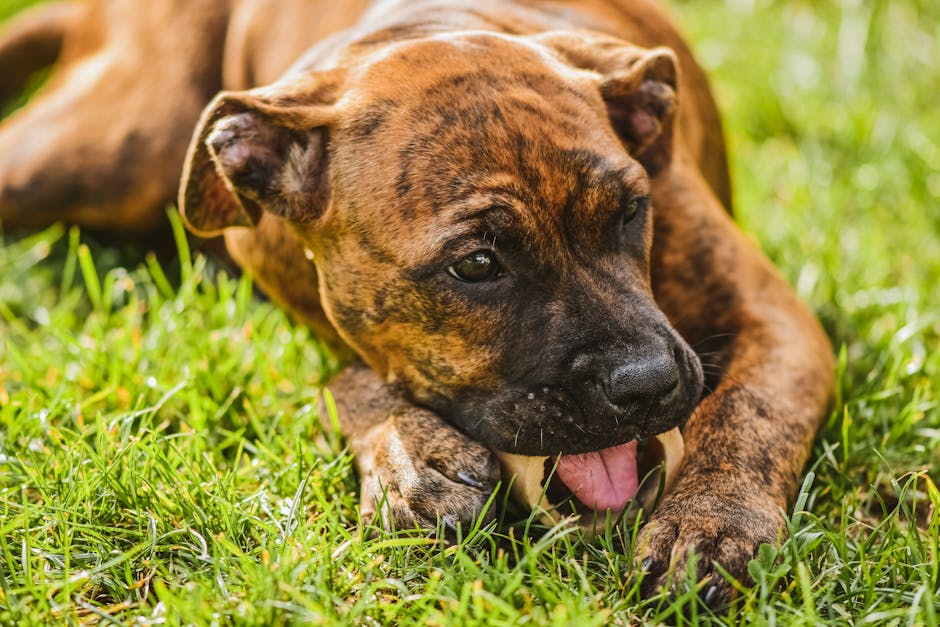
The digestive system is made up of many different compartments or tracts where food digestion takes place.
The oral cavity, oesophagus (gullet), stomach, small intestine, large intestine are all part of the gastrointestinal tract or gut. These are some of the most important parts of your dog’s digestive system.
In fact, the dog's own enzymes help break down certain foods in his mouth, gulp them down in the esophagus, and then these nutrients get absorbed into the blood stream via the intestinal walls in the next chamber-the stomach!
Once everything has been consumed, the remaining contents move through the intestines, getting compacted and eventually expelled from the body as stools.
Digestive enzymes
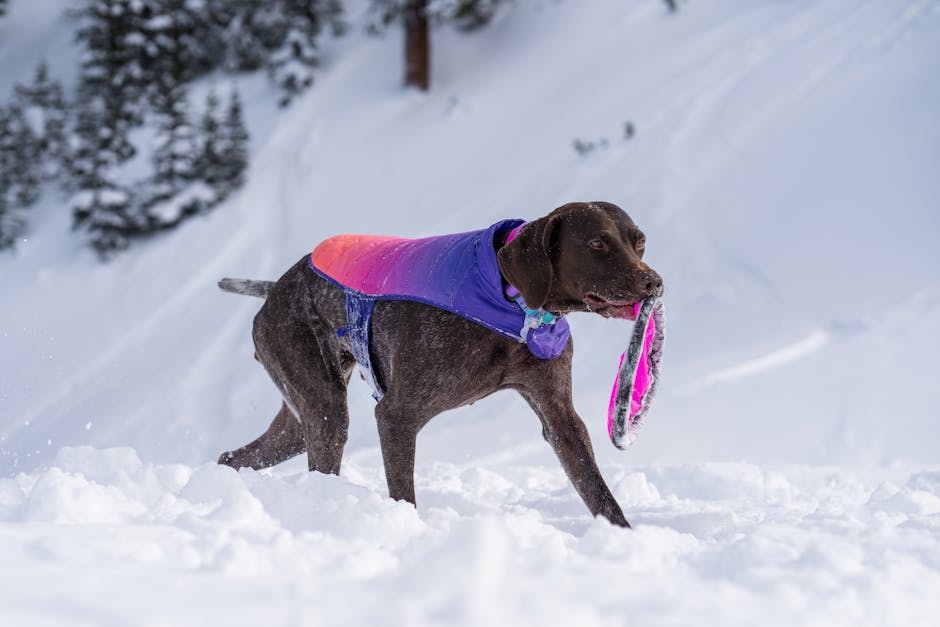
Like humans, dogs have a digestive system that breaks down food into nutrients they can ingest and use for energy. But instead of using stomach acids to break down their meals, they rely on special factors called enzymatic reactions.
Enzymes are proteins that catalyze other molecules to occur in nature. For example, an enzyme helps your body metabolize glucose (a simple sugar) by acting as a catalyst that speeds up the reaction between glucose and another molecule.
A variety of different enzymes aid in digestion in different ways. Some help break down certain foods more quickly or efficiently so that you can eat less volume of the food and get the same amount of nutrition.
Inflammatory bowel disease is caused when the immune system gets confused about the gut lining. When it does this, some enzymes may be made prematurely, which causes faster digestion.
Reactions in the digestive system

Photo by Samson Katt on Pexels
Dogs have several digestion reactions, or processes, going on at any given time. These include:
Phase I - Hydrolysis
This is the breaking down of raw meat and other foods into components that your dog’s body can use as energy. The stomach performs this process, but it doesn’t always finish all the work!
Your dog has enough enzymes to begin hydrolyzing most cooked meats already, but if you give him some leftover raw meat, he won’t be able to stop eating it until the rest is gone. This could lead to weight gain due to extra water and fat being consumed along with the protein.
Raw fruits are not only hard for dogs to digest, they also don’t contain many nutrients. If your dog eats a lot of them, he may suffer from nutritional deficiencies.
The things that can interfere with phase I digestion include certain types of milk (due to the casein), carbohydrates, and possibly acidity. Since dogs produce their own acids, food that is too acidic can prevent hydrolysis and nutrition absorption.
Probiotics and prebiotics- these are both terms used to describe substances that promote gut health. Probiotic supplements and fermented foods like yogurt can help by supplying needed vitamins and minerals and promoting intestinal balance.
Nutritionists often recommend giving limited amounts of carbs during phase I digestion to see how well your dog does without them.
Digestion times and temperatures
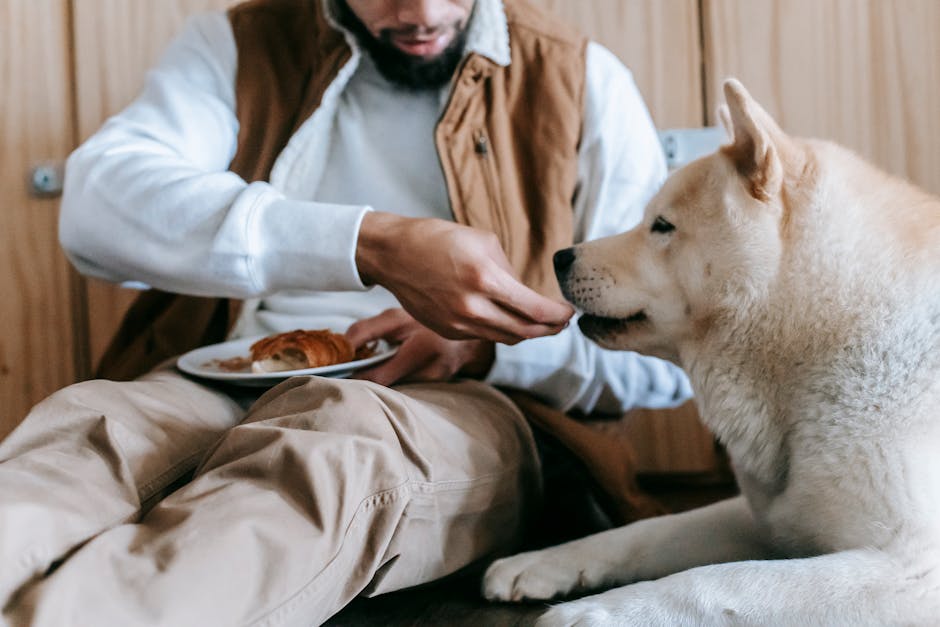
Photo by Zen Chung on Pexels
The digestive process in dogs is quite different than it is in humans. Humans have a shorter gut length, so their digestion takes place within a short time frame.
Dogs have longer intestines which mean that they need to spend more time eating to give their stomachs enough time to work on what they are eating.
This is why dog food must contain much higher levels of protein to satisfy their hunger as quickly as human-grade foods.
Dog owners can help ensure this doesn’t happen by buying high quality foods for their pets. Luckily, there are many great brands that make nutritious dry and wet food for dogs!
Don’t forget to ask your vet about the best types of diets for your pet! They may even be able to suggest some brands or tips if they have seen it done before.
Popular foods that go bad
The more popular an item is, the higher chance it has of being spoiled or contaminated during production or storage. This is because there are too many people consuming the product for it to stay fresh.
Many dog food companies use wheat as a binder so thickening the kibble enough to make a batch takes up lots of space in the oven. If the oven door is left open slightly while baking, all the moisture in the recipe gets burned off, leaving you with dry kibble that will not eat well for your dog.
The nutritional value of some ingredients like chicken can be reduced when heated so they are sometimes mixed into the diet at colder temperatures but packaged at warmer ones. This cuts down on the amount of nutrients that get absorbed by the dogs stomach.
Some brands add raw meat to the kibble which may contain bacteria or parasites that have exposure to air. These can enter the dog’s system.
Some tips for cooking for your dog
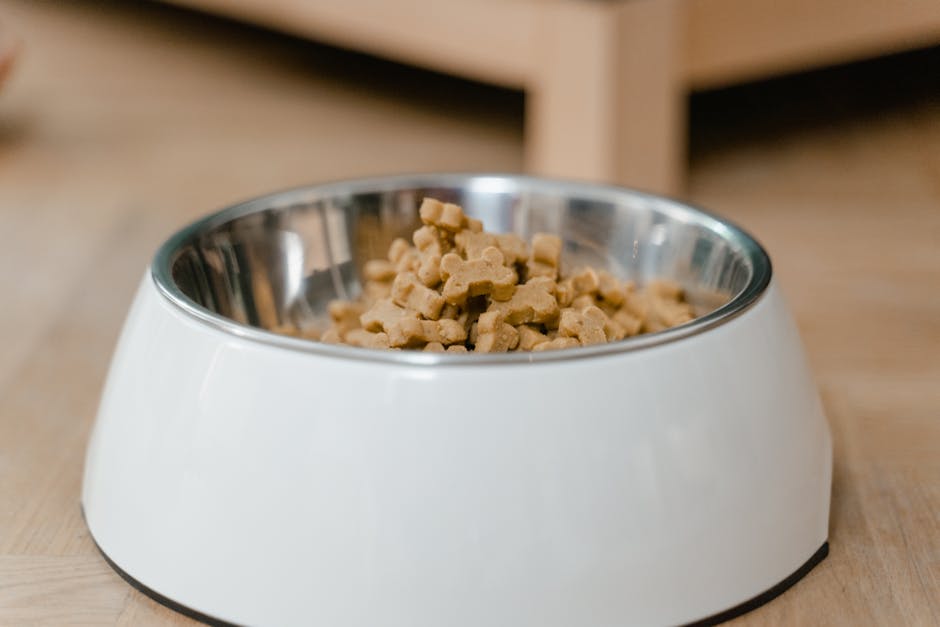
When baking or boiling foods, make sure to check whether your dog is eating them before you do! If he’s not, they could be hurting him rather than helping him.
Dogs are not able to taste some of the ingredients in food so if your dog starts acting sick or has vomiting or diarrhea, it may be because his stomach is filling up with the wrong things.
Some common suspects to look out for when dogs seem ill: wheat, corn, rice, pasta, potatoes, fruits, and vegetables. All these contain starch which can go into digestion in two ways: either as glucose (carbs) that is digested directly, or else complex carbohydrates are broken down into simple sugars like glucose that are then absorbed.
If your dog seems off-ledger, dry or panting after eating, she may need to have a bowel movement soon. This is totally normal and does not mean her digestive system is failing – it just needs time to process what she ate.

